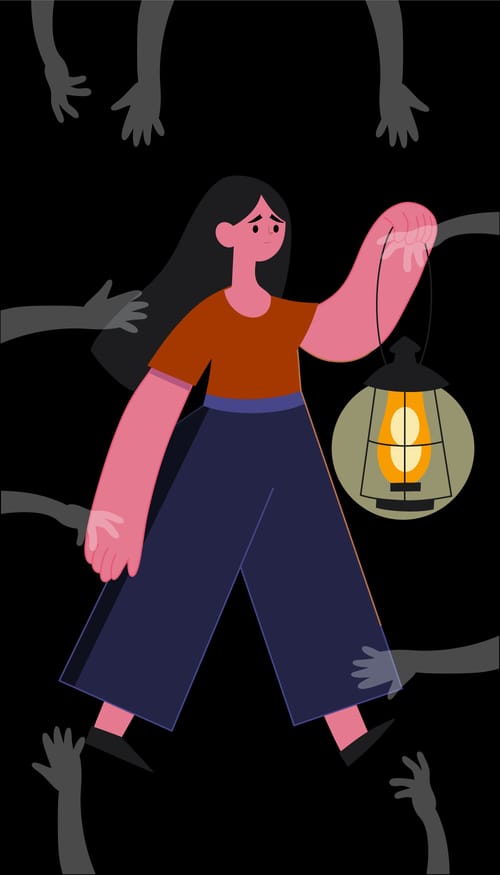I’m writing this blog post to talk about the DARE method that helped me understand and stop my panic attacks. It also became a powerful tool to help me manage the worst parts of my anxiety over the past two years. My hope is that by sharing my journey and what helped me along the way, I can help someone else in theirs.
My Journey
It has now been almost two years since I started this journey of overcoming debilitating anxiety. I’m in a much better place today, and I’ve learned a lot about myself through this process.
The first time I experienced a panic attack was during a coffee making workshop that my wife had surprised me with for my birthday. Everything was going smoothly until the teacher asked each of us to introduce ourselves. That’s always been a huge anxiety trigger for me. Even though I pushed through the interaction, I couldn’t stop my heart and mind from racing for the rest of the event. I was stuck worrying about whether my neck was turning red, which is one of my anxiety symptoms. That spiral didn’t let up. Following that day, my Anxiety levels increased unmanageable levels that I had to address. I went from worry about turning red to to now also worrying about having panic attacks. Every day things that used to bring joy or relaxation like getting a hair cut turned into a mental battle each and every time.

To give some context, I was initially very hesitant to take any kind of medication. I wanted to do everything I could naturally. So I spent a full year learning to recognize my triggers, understanding how my body reacts to anxiety, and observing all the physical symptoms that came with it. I did this with the help of a therapist, and along the way, I tried everything from meditation to different types of therapy to see what would help.
After that year-long journey, I had added a lot of tools to my toolbox to help manage my anxiety. I hope that by sharing some of them over the next few blog posts, I can help others going through this very uncomfortable and often lonely experience. You’re not alone, and I promise there are many of us silently going through the same thing.
That said, before trying anything, including the DARE method, the best advice I can give is to talk to a therapist. Even if the idea of talking about your anxiety causes anxiety in itself, like it did for me, it’s so worth it. You shouldn’t have to go through this alone. Having someone who knows your story and can help guide you through it is invaluable.
What Is the DARE Method and How Can It Help with Panic Attacks?
The DARE method was created by Barry McDonagh and is built on four key steps:
- Defuse anxious thoughts by recognizing them for what they are. You don’t argue with them, you respond with calm confidence: “So what?”
- Allow the sensations. Instead of resisting the panic, you welcome it in. This helps remove the fear around the feeling.
- Run Toward the fear. It’s about facing it directly rather than avoiding it. This breaks the cycle of fear-of-fear.
- Engage with something else. You shift your attention to the present by doing anything that brings you back into life: a conversation, a task, playing video games, or even just walking.
DARE helped me recognize that panic isn’t dangerous, just extremely uncomfortable. That alone changed how I responded when I felt it coming on. I felt more in control and less afraid.
Turn your "What if" into a big "So what!" You can't control your thoughts but you can control your response!#anxiety pic.twitter.com/hrUuAXhc4a
— Dare Response (@dare_response) June 19, 2016
I would recognize my panic kicking in and I would challenge it by asking for my heart to race even faster, my neck to get even more red, and for the worst to happen. And if the worst does come to happen,so what?
That shift from fear to defiance made me slowly regain control over myself again.
The science behind the dare method. How does it work?
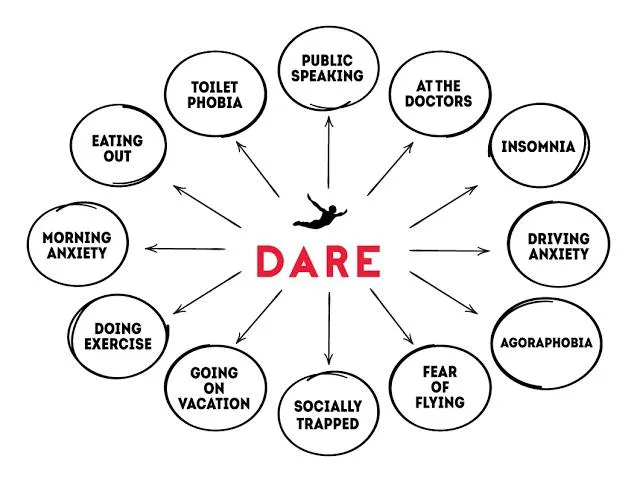
DARE is based on exposure and acceptance-based techniques that rewire your brain’s conditioned fear response.
When you willingly accept or even invite anxiety, you reduce the resistance and fear that fuels the panic cycle. This principle comes from exposure therapy, a widely supported treatment for anxiety and panic disorder. You’re training your brain to disconfirm the fear by proving that the worst-case scenario doesn’t happen, and even if it did, you’d still be okay.
When an individual confronts a feared stimulus and nothing bad happens, their anxiety naturally decreases over time.
— American Psychological Association
It also aligns with the principles of inhibitory learning, where your brain learns that anxiety symptoms are not threats. The more you “run toward” those sensations, the less power they have over you.
Approaches like inhibitory learning and fear extinction help weaken the association between fear and harmless bodily sensations.
— National Library of Medicine
DARE: Panic & Anxiety Relief App
If you’re looking for something you can turn to in the middle of an anxiety episode or a panic attack, the DARE app is a must.
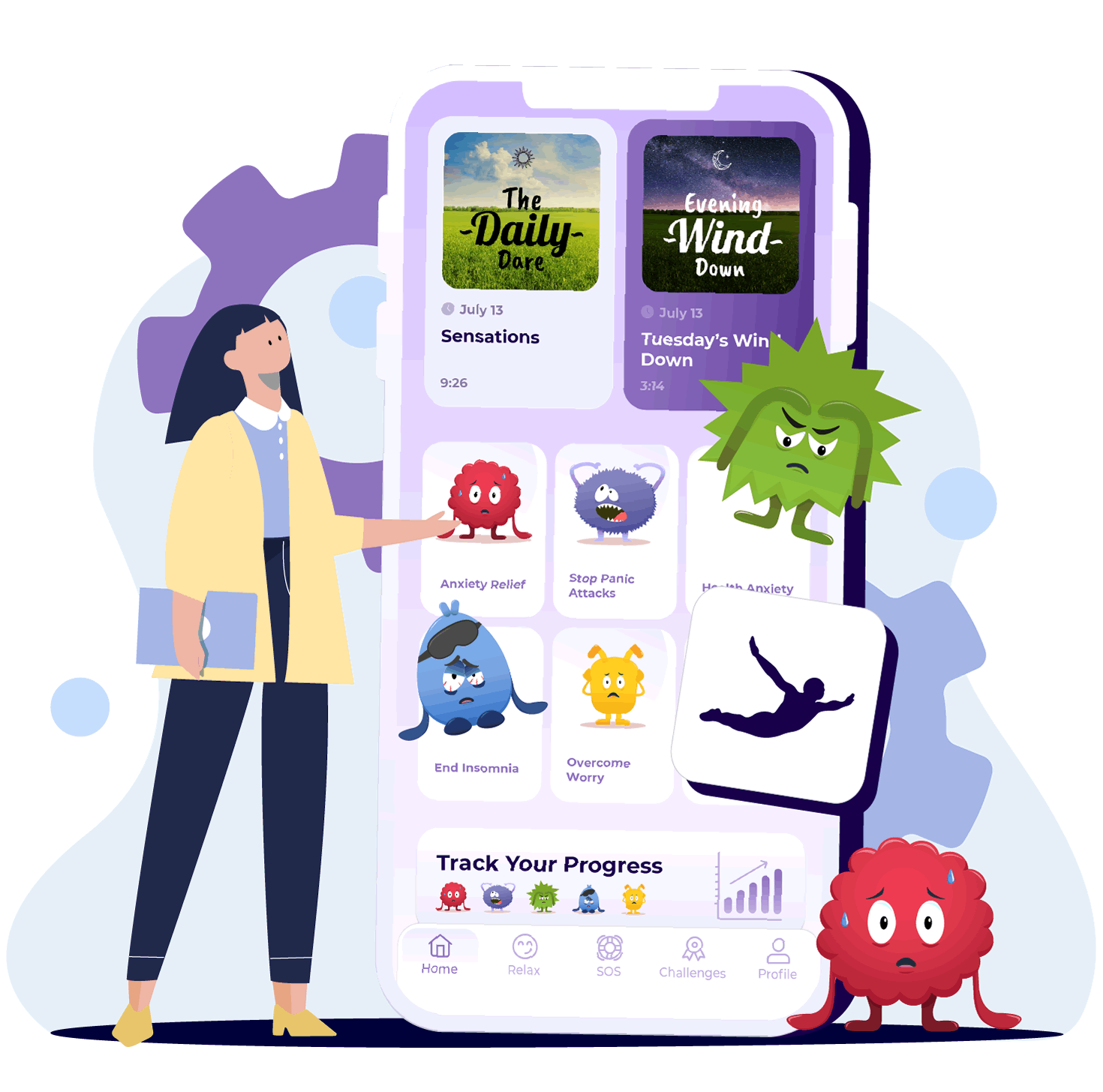
- Guided audio for panic attacks, intrusive thoughts, and health anxiety
- Daily “Savers” and “Stretch” sessions to reinforce progress
- SOS recordings you can use in the moment
- A private DARE community chat group
- Monthly live calls with anxiety coaches
It’s available on both iOS and Android, and a lot of the content is free. I used it when going through my first panic attacks and it really helped.
- Android ▶️ Get it on Google Play
- iOS ▶️ Get it on the App Store
DARE Audiobook by Barry McDonagh
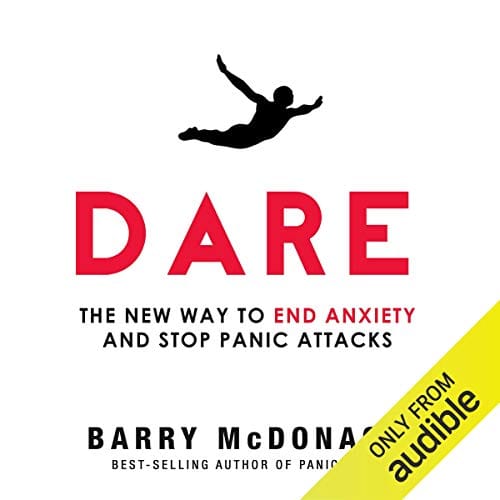
If you prefer to listen while walking, driving, or even during an anxiety walk (been there), the audiobook version of DARE: The New Way to End Anxiety and Stop Panic Attacks Fast is incredibly helpful. It’s narrated by Barry himself, which makes it feel more personal and encouraging. The quick introduction I’m doing on my Blog post is only a small fraction of the knowledge, resources and practical information on how to adapt the dare method to your used case. I can’t recommend the audio book enough!
Unf*ck Your Brain by Dr. Faith G. Harper
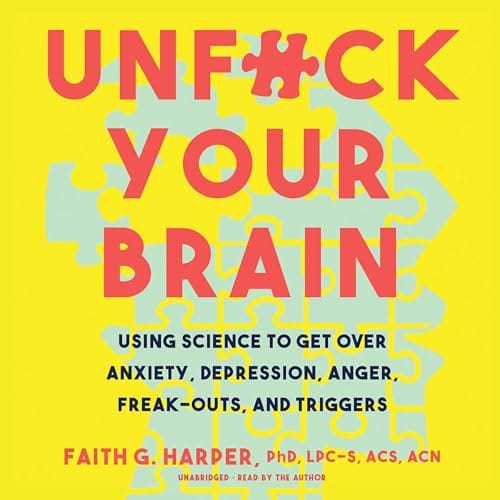
This one isn’t tied to the DARE method, but it’s an honest, no-BS guide to handling anxiety, trauma, and overthinking. I listened to the audiobook version of this one during my journey. It’s written in a way that feels human, direct, and a little funny, which helped break the tension when I was deep in the spiral.
What’s Coming Next
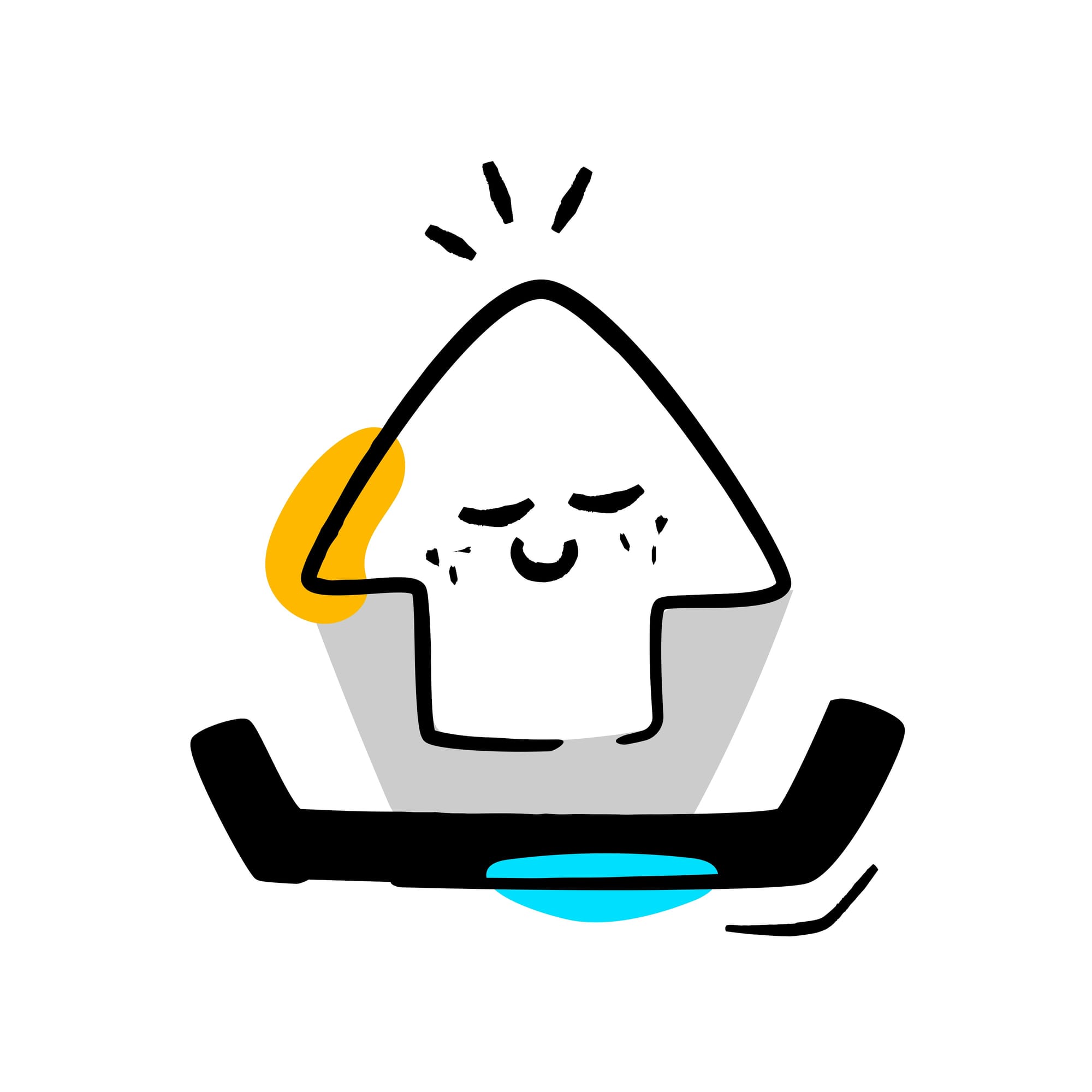
While writing this, I realized just how much I wanted to say. There’s so much to cover about anxiety, panic, and the little tools that helped me along the way, but it started getting long, even for me. So I’ve decided to split this post.
This one focused on my story and how the DARE method helped me shift the way I respond to panic. In the coming weeks, I’ll be posting the next part, which will go over the full list of other tools and techniques I tried, what worked, what didn’t, and what gave me even a little relief during tough moments.
That follow-up post will be available to everyone, even if you’re on the free tier. I believe these kinds of conversations should be accessible to anyone navigating anxiety. No paywall. Just real experience.
If you’d like to get it straight in your inbox when it goes live, you can subscribe to my blog for free below. I’d love to have you along for the journey.
📨 Thanks for reading, and see you in part two.
Mental Health Resources
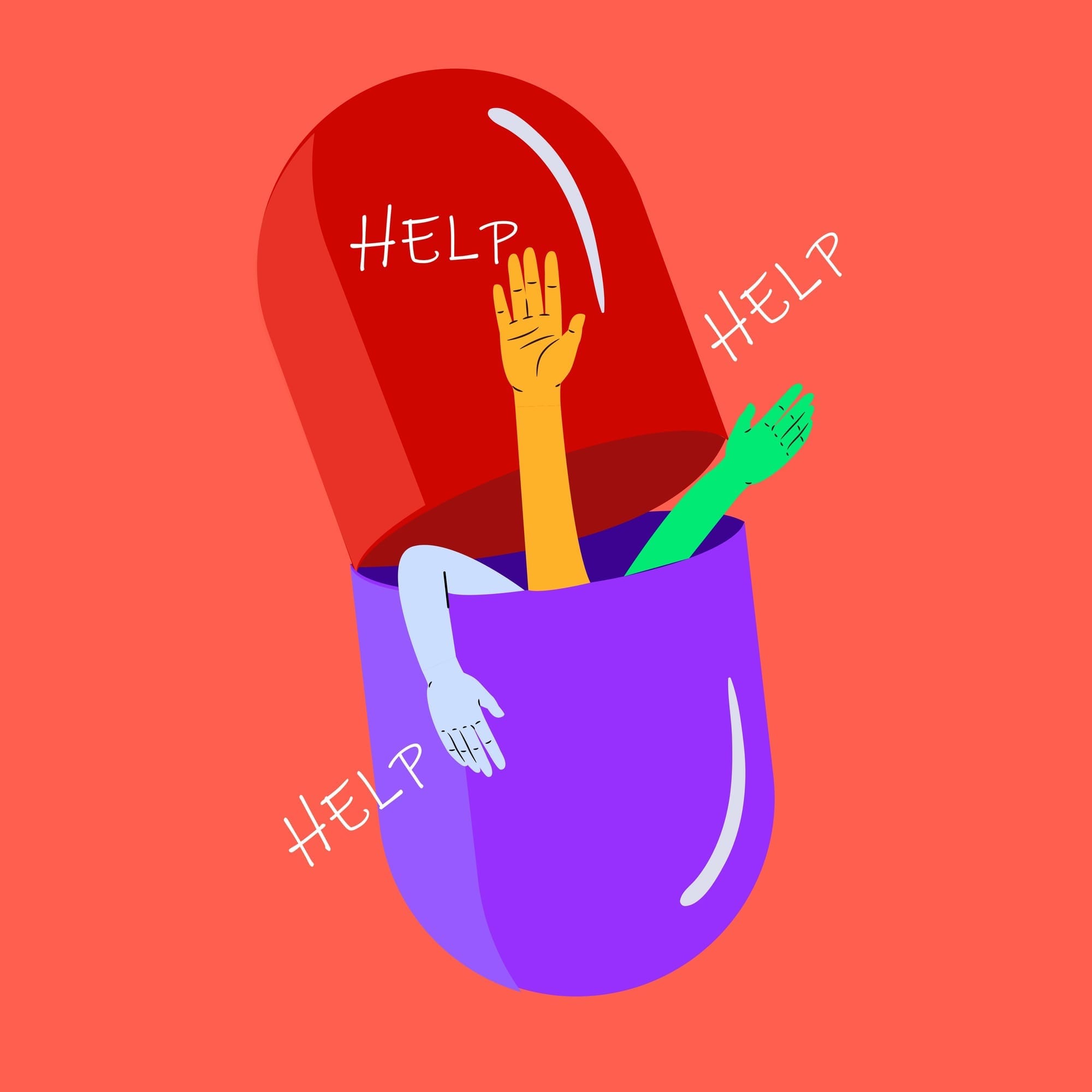
If you’re struggling right now, please reach out to someone. You don’t need to do this alone.
Here are anonymous resources you can contact at any time:
Canada: Call 988 or text 686868 (Crisis Services Canada)
USA: Call or text 988 (Suicide and Crisis Lifeline)
UK: Call 116 123 (Samaritans)
Worldwide: www.befrienders.org
You’re not broken. You’re healing. Keep going.
